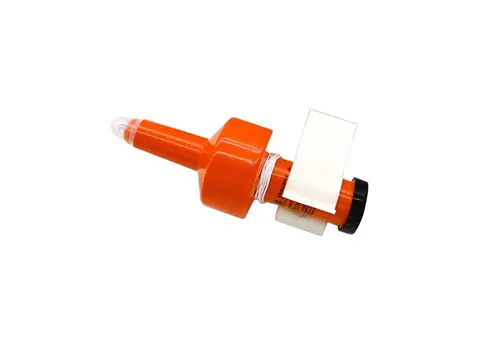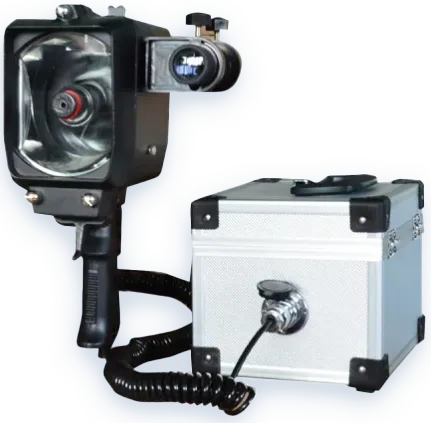When a person falls overboard at sea, visibility can mean the difference between rescue and danger. A LifeBuoy Light is a key tool for keeping victims visible, but many people wonder how it works, why it holds up in rough waters, and when it’s required. This article breaks down these questions simply, focusing on the basics of this essential maritime safety device.
A LifeBuoy Light is designed to be easy to use and reliable, even in emergencies. Its core function is to emit light that’s visible from a distance, guiding rescuers to the lifebuoy (and anyone holding it).
Most LifeBuoy Lights use battery power—often long-lasting, waterproof batteries that can work for hours without needing a charge. This ensures the light stays on long enough for rescuers to locate the lifebuoy, even if help takes time to arrive. Unlike some complex maritime tools, it doesn’t rely on the vessel’s main power, so it works even if the ship’s electrical system fails.
Many models activate automatically when they come into contact with water. This is a crucial feature: in an emergency, there’s no need for manual switching—once the lifebuoy is thrown into the sea, the light turns on right away. Some also have a manual switch as a backup, but the automatic function ensures it’s ready to use when it’s needed most.

The ocean is tough on equipment—saltwater, waves, and wind can damage ordinary lights. A LifeBuoy Light is built to handle these challenges, and two key features make this possible.
Sea water is highly corrosive, but LifeBuoy Lights are made with materials that resist rust and damage from salt. This means the light won’t stop working after being in the water for hours, which is vital for keeping victims visible until rescue.
LifeBuoy Lights also have strong waterproofing to prevent water from getting inside and ruining the battery or bulb. They’re also durable enough to handle being thrown into the sea or hit by waves—they won’t break easily, even in rough conditions.
A LifeBuoy Light isn’t just a “nice-to-have”—it’s required by maritime safety rules for most vessels.
Maritime regulations state that any vessel carrying passengers or crew must have LifeBuoy Lights attached to lifebuoys, especially for use at night or in low-visibility conditions (like fog or heavy rain). Even small boats, such as fishing boats or leisure craft, need them if they operate after dark. This rule exists because darkness drastically reduces visibility, and a glowing LifeBuoy Light makes it much easier for rescuers to spot someone in the water.
A LifeBuoy Light is a simple but life-saving tool. It works with reliable battery power, activates automatically in water, resists saltwater and rough conditions, and is required by safety rules for most vessels. Understanding how it works and why it’s essential helps ensure everyone on board a vessel stays safer at sea.
If you’re looking for a dependable LifeBuoy Light that meets maritime safety standards, you can explore our product offerings on the LifeBuoy Light product page to learn more about options designed for different vessel types.

GET A QUOTE